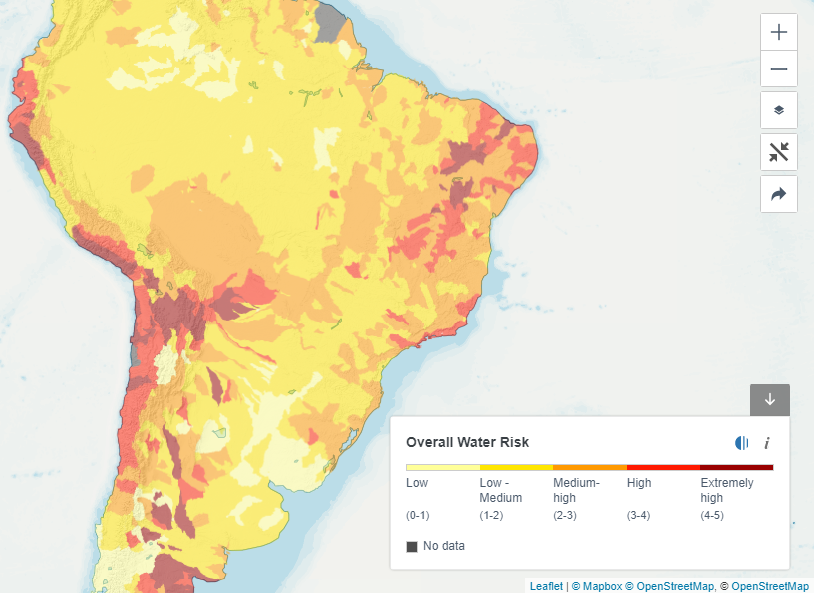Global forest loss remains high. In 2021, the tropics lost 11.1 million hectares of tree cover, according to WRI’s latest analysis. This annual figure included 3.75 million hectares of loss within tropical primary rainforests, resulting in 2.5 gigatons of CO2 emissions, equivalent to the annual fossil fuel emissions of India. Of this primary rainforest loss, over 40% occurred in Brazil – and not just in the Amazon but in the eastern Atlantic Forest, an ecosystem that supplies water to more than 63 million people in and around São Paulo as well as the cities of Salvador, Rio de Janeiro and others.
While forest losses in the Amazon continue to be of great concern – non-fire losses in some key Amazon states increased by 25% between 2020 and 2021 – the decline of Brazil’s Atlantic Forest also persists. Less than 20% of the original Atlantic Forest remains and only 7% is in good condition. The Atlantic Forest provides key environmental benefits, such as a reliable and clean water supply, to millions of people in the many cities within and around it. At the same time, many parts of eastern Brazil are facing medium to high water risk, including São Paulo, Rio de Janeiro, Vitoria and Campinas, as WRI’s Aqueduct tool shows.

Forests within, nearby and far away from cities have important roles to play in urban water resource management. Urban forests aid in stormwater management while nearby forests ensure reliable water supply and improve water quality by reducing erosion and filtering out pollutants. Healthy nearby forests also play a critical role in supplying clean energy to cities in the form of hydropower and in feeding cities by providing sufficient water supply for regional agricultural production. Faraway forests drive rainfall on a more regional and global scale, and regulate the water and climate systems.
Recognizing the importance of the Atlantic Forest for their water security, many eastern Brazilian cities, including Salvador and São Paulo, are taking steps to protect and restore it. These two cities have focused on improving and expanding parks and protected areas to connect green spaces and have planted thousands of trees. Both cities are part of WRI’s Cities4Forests initiative, which supports cities around the world in protecting and managing the forests people rely on. Through Initiative 20×20, the São Paulo state government has vowed to restore 300,000 hectares of degraded land in the Atlantic Forest by 2030 and the state of Espírito Santo, also in the Atlantic Forest ecosystem, has pledged to restore 80,000 hectares.
Investing in forest restoration and management benefits not only people and the climate but also economies. Restoration of 4,000 hectares of forest upstream from São Paulo would provide a 28% return on investment for the local water company, according to WRI research, while also improving water security for residents. In Rio de Janeiro, the city could save $79 million in avoided costs for water treatment by restoring nearby forests that help protect water quality and prevent sediment from entering waterways. Such restoration could also reduce the use of chemical products for treatment by as much as 4 million tons. In Espírito Santo, forest restoration to reduce sediment would yield a 14% return on investment for the local water company while avoiding the use of 35,000 tons of chemical water-purifying products and saving 19.5 gigawatt hours of electricity over the course of a 20-year restoration project. In 2019, restoration activities working exclusively in the Atlantic Forest generated more than 3,600 jobs.
To help restore this critical ecosystem, hundreds of city governments, NGOs and other public and private stakeholders in eastern Brazil have come together as members of the Atlantic Forest Restoration Pact. Established in 2009, the Pact aims to recover 15 million hectares of forest by 2050.
Sophia Vitello is a Communications and Engagement Assistant with WRI Ross Center for Sustainable Cities.








